Home>Others>Specialized Home Improvement Topics>How To Get Rid Of Spiders In A Crawl Space
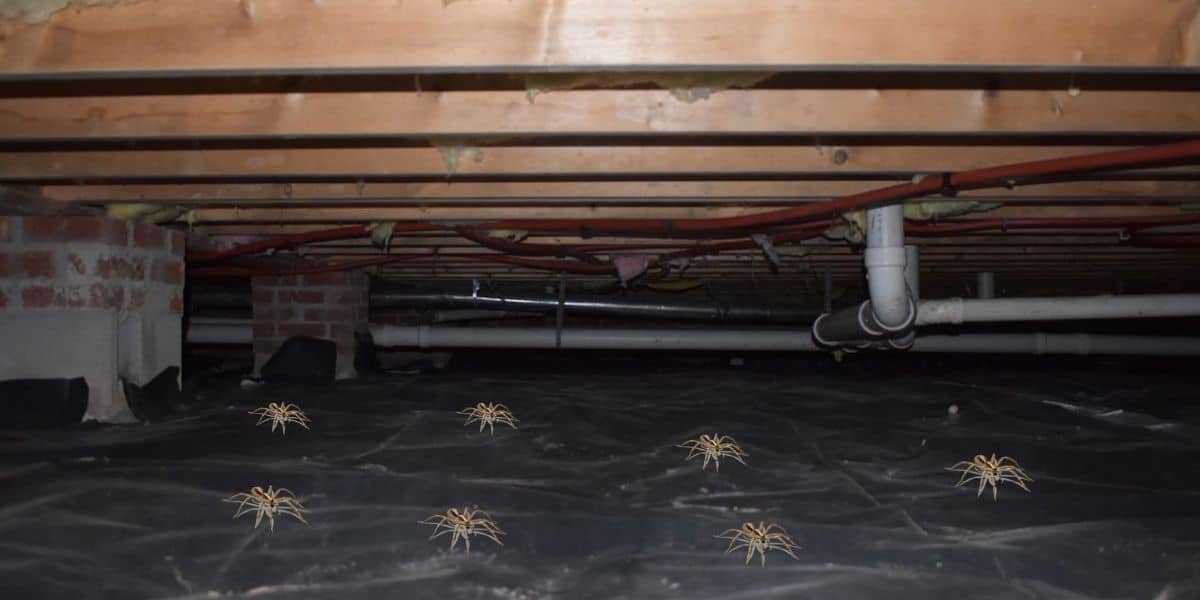

Specialized Home Improvement Topics
How To Get Rid Of Spiders In A Crawl Space
Modified: October 19, 2024
Learn effective methods for removing spiders from your crawl space with specialized home improvement topics. Get expert tips and advice for a spider-free environment.
(Many of the links in this article redirect to a specific reviewed product. Your purchase of these products through affiliate links helps to generate commission for Storables.com, at no extra cost. Learn more)
Introduction
Crawl spaces are notorious havens for spiders, and dealing with a spider infestation in these areas can be a daunting task for homeowners. Spiders are skilled at finding their way into the dark, damp, and often neglected spaces beneath our homes, making crawl spaces a prime location for these eight-legged intruders to set up their webs and nests.
In this comprehensive guide, we will explore effective strategies for getting rid of spiders in crawl spaces. From understanding the spider problem to identifying common spider species found in crawl spaces, and from implementing prevention methods to utilizing natural and chemical remedies, we will cover everything you need to know to reclaim your crawl space from arachnid invaders.
By gaining a deeper understanding of the habits and behaviors of spiders, as well as the factors that attract them to crawl spaces, homeowners can take proactive measures to keep these unwelcome guests at bay. Whether you prefer natural remedies or chemical treatments, there are various options available to suit your preferences and address the specific needs of your crawl space.
So, if you're tired of sharing your crawl space with spiders and want to create a clean, pest-free environment beneath your home, read on to discover the most effective methods for banishing spiders from your crawl space once and for all.
Key Takeaways:
- Keep spiders out of your crawl space by sealing entry points, reducing moisture, and using natural repellents like peppermint oil and vinegar. Regular inspections and decluttering also help prevent infestations.
- If spiders invade, use natural remedies like peppermint oil, vinegar, citrus-based sprays, and diatomaceous earth. For severe infestations, consider targeted chemical treatments, but always prioritize safety and environmental impact.
Read more: How To Get Rid Of Snakes In Your Crawl Space
Understanding the Spider Problem in Crawl Spaces
Crawl spaces, often dark, damp, and undisturbed, provide an ideal habitat for spiders. These areas offer shelter, moisture, and a steady supply of insects for spiders to feed on, making them an attractive location for these arachnids to thrive. Understanding the spider problem in crawl spaces begins with recognizing the factors that contribute to their presence.
Spiders are drawn to crawl spaces due to their preference for secluded and undisturbed environments. These areas provide the perfect conditions for spiders to spin their webs and lay eggs without the risk of interference. Additionally, the presence of other pests, such as insects and small arthropods, in crawl spaces serves as a readily available food source for spiders, further incentivizing them to inhabit these spaces.
Furthermore, the design of crawl spaces, with their low light levels and limited airflow, creates an environment that is conducive to spider activity. The lack of natural light and ventilation contributes to the accumulation of moisture, which not only attracts spiders but also supports the survival of their prey.
It's important to recognize that the presence of spiders in crawl spaces can extend beyond mere nuisance. Some spider species, such as the brown recluse or black widow, pose potential health risks with their venomous bites. Therefore, addressing the spider problem in crawl spaces is not only a matter of comfort but also a concern for the safety and well-being of the occupants of the home.
By understanding the factors that make crawl spaces attractive to spiders, homeowners can take proactive measures to address these conditions and deter spider infestations. From minimizing moisture and clutter to implementing effective pest control strategies, a comprehensive approach can help mitigate the spider problem in crawl spaces and create a healthier environment beneath the home.
Identifying Common Spider Species in Crawl Spaces
When dealing with a spider infestation in a crawl space, it's essential to be able to identify the common spider species that may take up residence in these areas. Understanding the specific types of spiders that are commonly found in crawl spaces can help homeowners assess the level of infestation and determine the most effective methods for eradication.
-
Cellar Spiders (Pholcidae): Also known as daddy long-legs, cellar spiders are frequently encountered in crawl spaces. These spiders are characterized by their long, thin legs and small bodies. They are often found hanging upside down in their irregular webs, which they use to capture prey.
-
Wolf Spiders (Lycosidae): Wolf spiders are robust and agile hunters that commonly inhabit crawl spaces. They are known for their excellent eyesight and hunting prowess. These spiders do not spin webs to catch their prey but actively hunt for insects and other spiders.
-
Brown Recluse Spiders (Loxosceles reclusa): While less common, brown recluse spiders can occasionally be found in crawl spaces, particularly in regions where they are prevalent. These spiders are identified by the violin-shaped marking on their cephalothorax. Brown recluse spiders are venomous and can pose a significant threat to humans.
-
Black Widow Spiders (Latrodectus mactans): Black widow spiders, known for their distinctive red hourglass marking on the underside of their abdomen, may also take up residence in crawl spaces. These venomous spiders are reclusive by nature but can deliver a potent neurotoxic bite if disturbed.
-
Common House Spiders (Parasteatoda tepidariorum): Common house spiders are frequently found in indoor spaces, including crawl spaces. These spiders are adept at spinning irregular webs in corners and crevices, where they capture their prey.
Identifying these common spider species in crawl spaces can provide valuable insights into the nature of the infestation and guide homeowners in selecting the most appropriate methods for spider control. Whether it involves implementing preventive measures, using natural remedies, or resorting to chemical treatments, understanding the specific spider species present in the crawl space is crucial for effective pest management.
Prevention Methods for Keeping Spiders Out of Crawl Spaces
Implementing proactive prevention methods is crucial for keeping spiders out of crawl spaces and minimizing the risk of infestations. By addressing the conditions that attract spiders and creating an inhospitable environment for these arachnids, homeowners can effectively deter spider activity in their crawl spaces. Here are several preventive measures to consider:
-
Sealing Entry Points: Conduct a thorough inspection of the crawl space to identify and seal any potential entry points for spiders. Small cracks, gaps around pipes, vents, and utility penetrations should be sealed using caulk or weatherstripping to prevent spiders from gaining access to the interior of the crawl space.
-
Reducing Moisture: Spiders are attracted to damp environments, so controlling moisture levels in the crawl space is essential. Address any sources of moisture, such as plumbing leaks or inadequate ventilation, to discourage spider activity. Installing a vapor barrier on the crawl space floor can help prevent moisture buildup and create a less hospitable environment for spiders.
-
Decluttering and Cleaning: Clearing clutter and debris from the crawl space eliminates potential hiding spots for spiders and their prey. Regularly remove organic matter, such as leaves and woodpiles, from around the perimeter of the home to reduce the likelihood of spiders migrating into the crawl space.
-
Outdoor Lighting Management: Spiders are attracted to light sources, which can inadvertently draw them towards the home. Consider using yellow or sodium vapor lights for outdoor illumination, as these are less attractive to insects and, by extension, to the spiders that prey on them.
-
Natural Repellents: Certain natural substances, such as essential oils like peppermint, eucalyptus, or tea tree oil, are known for their spider-repelling properties. Spraying a diluted solution of these oils around the perimeter of the crawl space can act as a deterrent for spiders.
-
Regular Inspections: Schedule routine inspections of the crawl space to detect early signs of spider activity. By promptly addressing any emerging issues, homeowners can prevent minor spider incursions from developing into full-blown infestations.
By incorporating these prevention methods into a comprehensive spider management plan, homeowners can significantly reduce the likelihood of spider infestations in their crawl spaces. Creating an environment that is inhospitable to spiders through proactive measures is key to long-term spider control and maintaining a pest-free crawl space.
Natural Remedies for Repelling Spiders
When it comes to repelling spiders from crawl spaces, natural remedies offer a non-toxic and environmentally friendly approach to spider control. These remedies leverage the inherent properties of certain substances to deter spiders and discourage their presence in the crawl space. From aromatic oils to common household ingredients, natural remedies can be effective in creating an environment that spiders find inhospitable.
Read more: How To Get Rid Of Spiders In The Attic
Peppermint Oil
Peppermint oil is renowned for its potent scent, which is highly effective at repelling spiders. Spiders have a strong aversion to the strong aroma of peppermint, making it an excellent natural deterrent. By diluting peppermint oil with water and spraying it around the perimeter of the crawl space, homeowners can create a barrier that spiders are reluctant to cross. Additionally, placing cotton balls soaked in peppermint oil in strategic locations within the crawl space can further enhance its repellent effect.
Vinegar
Vinegar, particularly white vinegar, is a versatile natural remedy that can be used to repel spiders. The acetic acid in vinegar disrupts the chemical trails that spiders use to navigate, effectively disorienting them and deterring their presence. A solution of water and vinegar can be sprayed in and around the crawl space to create an environment that spiders find inhospitable. Regular application of vinegar can help maintain a spider-free perimeter and discourage spiders from establishing webs and nests in the area.
Citrus-Based Sprays
Citrus fruits, such as lemons and oranges, contain natural compounds that spiders find unpleasant. By creating a citrus-based spray using the juice of these fruits and water, homeowners can effectively repel spiders from the crawl space. The acidic nature of citrus fruits, combined with their strong fragrance, acts as a natural deterrent for spiders. Spraying citrus-based solutions along the entry points and periphery of the crawl space can help create an environment that spiders are inclined to avoid.
Diatomaceous Earth
Diatomaceous earth, a fine powder derived from fossilized algae, is a natural substance that can be used to repel and eliminate spiders. When applied in the crawl space, diatomaceous earth acts as a desiccant, absorbing the waxy outer layer of spiders' exoskeletons and causing dehydration, ultimately leading to their demise. This natural, non-toxic substance provides long-lasting protection against spiders and other crawling insects, making it an effective component of natural spider control in crawl spaces.
By incorporating these natural remedies into a comprehensive spider management strategy, homeowners can create an environment that is uninviting to spiders, effectively repelling them from the crawl space without the use of harsh chemicals. These natural solutions not only offer an eco-friendly approach to spider control but also contribute to maintaining a healthier and more sustainable living environment.
Read more: How To Get Rid Of Grass Spiders
Chemical Treatments for Eliminating Spiders
Chemical treatments offer a potent and targeted approach to eliminating spiders from crawl spaces, providing homeowners with effective solutions for managing spider infestations. When natural remedies and preventive measures alone are insufficient to control spider populations, chemical treatments can serve as a valuable tool in eradicating existing infestations and preventing future incursions.
One of the most commonly used chemical treatments for spider control is insecticidal sprays specifically formulated to target spiders and other crawling insects. These sprays often contain pyrethroids, a class of synthetic insecticides derived from natural compounds found in chrysanthemum flowers. Pyrethroids are known for their rapid knockdown effect on spiders, effectively immobilizing and killing them upon contact. When applied to the interior perimeter and entry points of the crawl space, insecticidal sprays create a barrier that prevents spiders from entering or exiting the area, leading to a significant reduction in spider activity.
In addition to residual insecticidal sprays, dust formulations can be used to target spiders in hard-to-reach areas within the crawl space. Dust insecticides, such as silica aerogel or diatomaceous earth, are applied in areas where spiders are likely to travel or harbor, such as along baseboards, behind insulation, and in wall voids. These dust formulations adhere to the spiders' bodies, leading to desiccation and eventual mortality. Furthermore, the long-lasting residual effect of dust insecticides provides extended protection against spider infestations, making them an effective component of comprehensive spider control strategies.
For severe spider infestations or persistent populations of venomous species, professional pest control services may utilize specialized formulations designed to target specific spider species. These formulations may include microencapsulated insecticides or wettable powders that are tailored to address the unique behaviors and habitats of the targeted spiders. By leveraging the expertise of pest control professionals, homeowners can benefit from precise and strategic application of chemical treatments, ensuring thorough eradication of spiders while adhering to safety guidelines and environmental considerations.
It is important to note that when using chemical treatments for spider control, homeowners should prioritize safety and adherence to product labels and usage instructions. Proper ventilation and protective equipment should be employed during the application of chemical treatments to minimize exposure and ensure the well-being of occupants. Additionally, consideration should be given to the potential impact of chemical treatments on non-target organisms, and efforts should be made to minimize environmental risks associated with their use.
By incorporating targeted chemical treatments into a comprehensive spider management plan, homeowners can effectively eliminate existing spider infestations and establish long-term control over spider populations in crawl spaces. When used responsibly and in conjunction with preventive measures, chemical treatments can play a pivotal role in creating a pest-free and comfortable environment beneath the home.
Sealing and Insulating the Crawl Space to Prevent Spider Infestations
Sealing and insulating the crawl space is a fundamental step in preventing spider infestations and creating an environment that is less hospitable to these arachnids. By addressing potential entry points and minimizing conducive conditions, homeowners can significantly reduce the likelihood of spider activity in the crawl space.
Sealing Entry Points
One of the primary objectives of sealing the crawl space is to prevent spiders from gaining access to the interior of the home. Small cracks, gaps around pipes, vents, and utility penetrations are common entry points for spiders. By meticulously sealing these openings using caulk, expanding foam, or weatherstripping, homeowners can create a barrier that effectively blocks spiders from infiltrating the crawl space. Additionally, ensuring that doors and access panels are properly fitted and sealed further fortifies the integrity of the crawl space, minimizing the risk of spider incursions.
Insulating and Controlling Moisture
In addition to sealing entry points, insulating the crawl space plays a crucial role in regulating moisture levels and temperature, creating an environment that is less favorable for spiders. Installing a vapor barrier on the crawl space floor helps prevent moisture from seeping through the ground and accumulating within the space. By controlling moisture, homeowners can reduce the attractiveness of the crawl space to spiders, as these arachnids are drawn to damp environments. Moreover, proper insulation helps maintain consistent temperature levels, discouraging spiders from seeking refuge in the crawl space.
Decluttering and Maintenance
As part of the sealing and insulating process, decluttering the crawl space and maintaining a clean environment are essential. Clearing debris, organic matter, and unnecessary items from the crawl space eliminates potential hiding spots for spiders and their prey. Regular maintenance, such as removing leaves, woodpiles, and other debris from around the perimeter of the home, further reduces the likelihood of spiders migrating into the crawl space. By minimizing clutter and maintaining cleanliness, homeowners create an inhospitable environment for spiders, discouraging their presence in the crawl space.
Professional Assessment and Implementation
For homeowners seeking to seal and insulate their crawl spaces effectively, consulting with professionals specializing in crawl space encapsulation and insulation can provide valuable insights and expertise. Professional assessments can identify specific areas of vulnerability and recommend tailored solutions to fortify the crawl space against spider infestations. From comprehensive sealing techniques to insulation strategies that mitigate moisture and temperature fluctuations, professional services can ensure that the crawl space is effectively fortified against spiders and other pests.
By prioritizing the sealing and insulation of the crawl space, homeowners can proactively prevent spider infestations and create a more controlled and inhospitable environment for these arachnids. Through meticulous sealing, insulation, and maintenance, the crawl space can be transformed into a less attractive habitat for spiders, contributing to long-term spider control and a healthier living environment.
Conclusion
In conclusion, addressing spider infestations in crawl spaces requires a multifaceted approach that encompasses understanding the underlying factors contributing to spider activity, identifying common spider species, implementing preventive measures, utilizing natural remedies, considering chemical treatments, and fortifying the crawl space through sealing and insulation. By integrating these strategies, homeowners can effectively reclaim their crawl spaces from spider infestations and create a healthier and more comfortable living environment.
Understanding the spider problem in crawl spaces is essential for devising targeted solutions. By recognizing the factors that attract spiders, such as secluded environments and abundant prey, homeowners can take proactive steps to mitigate these conditions and deter spider activity. Additionally, identifying common spider species found in crawl spaces provides valuable insights into the nature of the infestation and guides the selection of appropriate control methods.
Prevention methods play a pivotal role in keeping spiders out of crawl spaces. From sealing entry points and reducing moisture to decluttering and employing natural repellents, homeowners can create an environment that is inhospitable to spiders, minimizing the risk of infestations. Natural remedies, such as peppermint oil, vinegar, citrus-based sprays, and diatomaceous earth, offer non-toxic and eco-friendly options for repelling spiders from crawl spaces, contributing to sustainable pest management.
When natural remedies and preventive measures are insufficient to control spider populations, chemical treatments provide targeted solutions for eliminating existing infestations. Insecticidal sprays, dust formulations, and professional pest control services offer effective means of eradicating spiders while adhering to safety guidelines and environmental considerations. When used responsibly and in conjunction with preventive measures, chemical treatments can play a pivotal role in creating a pest-free crawl space.
Sealing and insulating the crawl space is a fundamental step in preventing spider infestations. By addressing entry points, controlling moisture, and maintaining a clean environment, homeowners can fortify the crawl space against spider activity. Professional assessment and implementation can further enhance the effectiveness of sealing and insulation efforts, ensuring long-term spider control.
In essence, by combining a comprehensive understanding of spider behavior with proactive prevention, natural remedies, targeted chemical treatments, and meticulous sealing and insulation, homeowners can successfully rid their crawl spaces of spiders and create a space that is unwelcoming to these arachnids. This holistic approach not only addresses current infestations but also establishes long-term spider control, contributing to a healthier and more comfortable living environment for homeowners and their families.
Frequently Asked Questions about How To Get Rid Of Spiders In A Crawl Space
Was this page helpful?
At Storables.com, we guarantee accurate and reliable information. Our content, validated by Expert Board Contributors, is crafted following stringent Editorial Policies. We're committed to providing you with well-researched, expert-backed insights for all your informational needs.
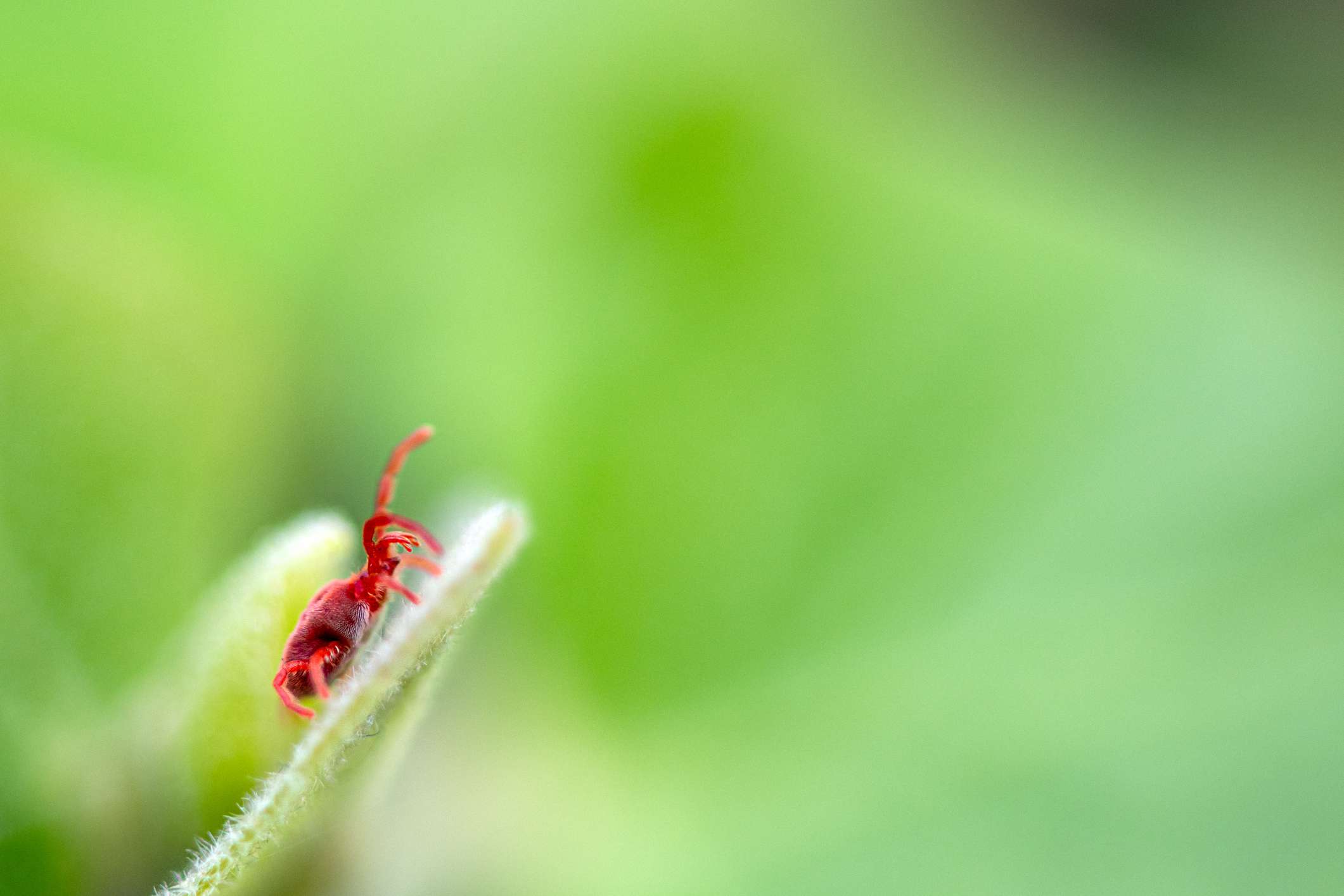
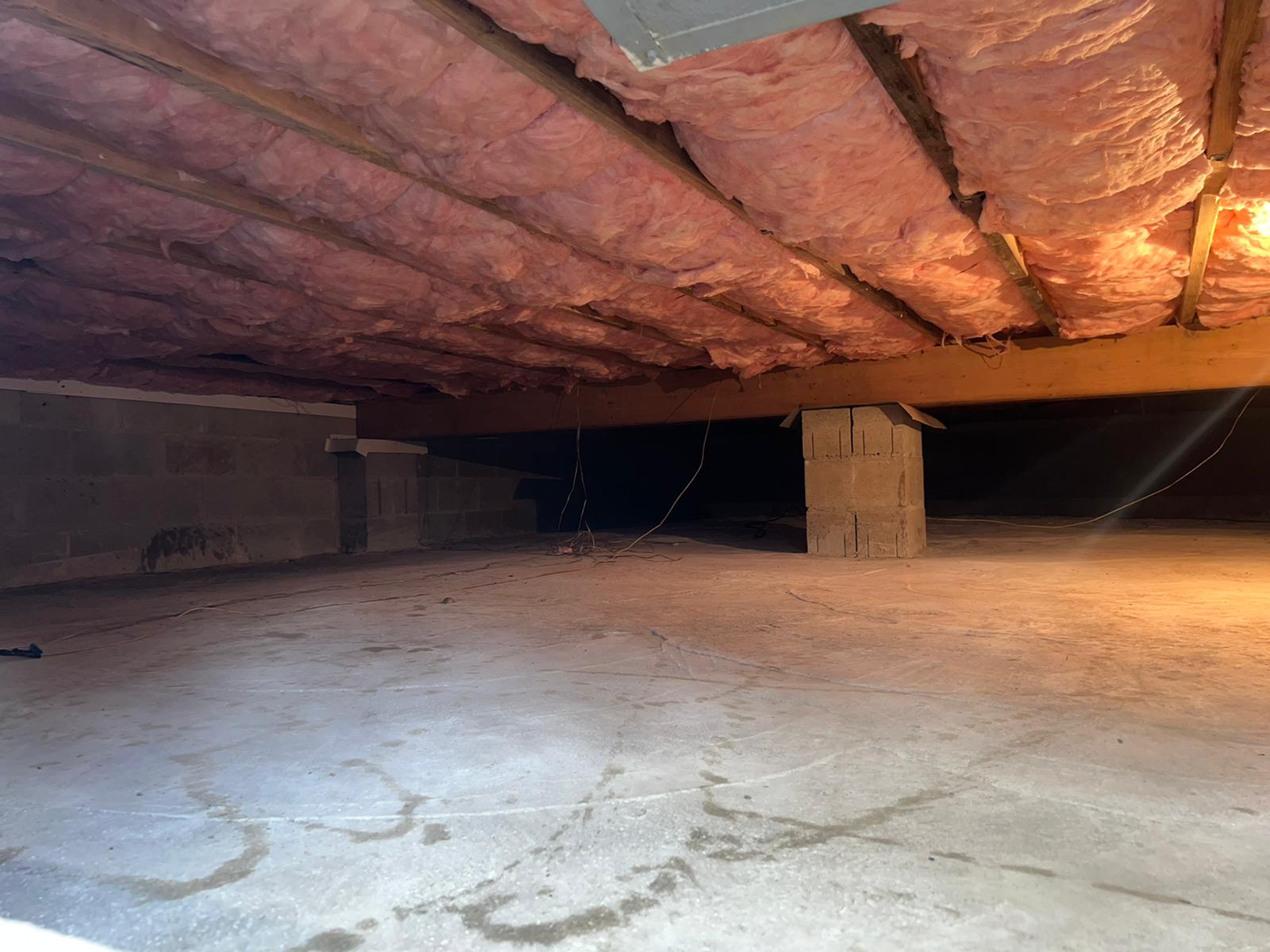
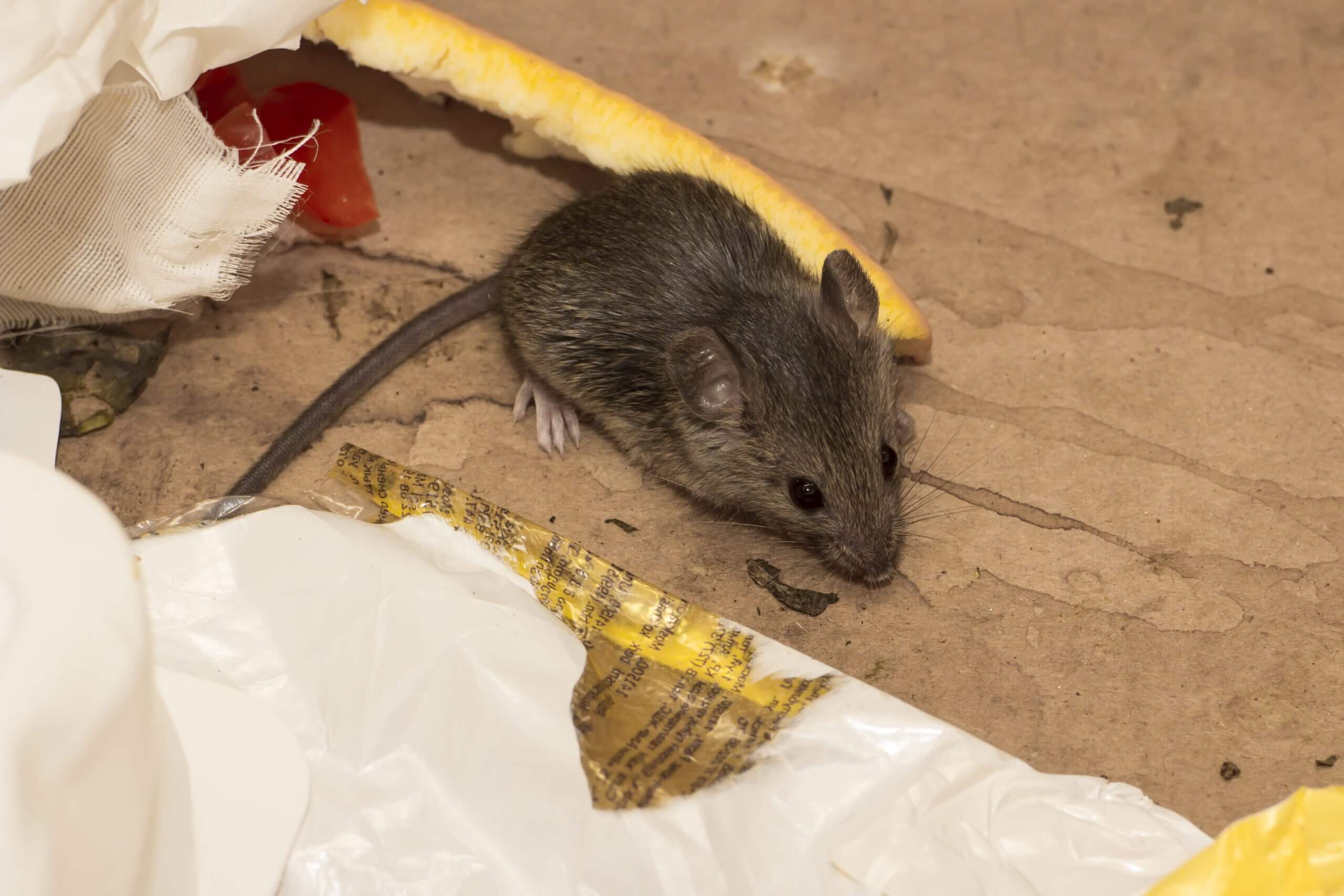

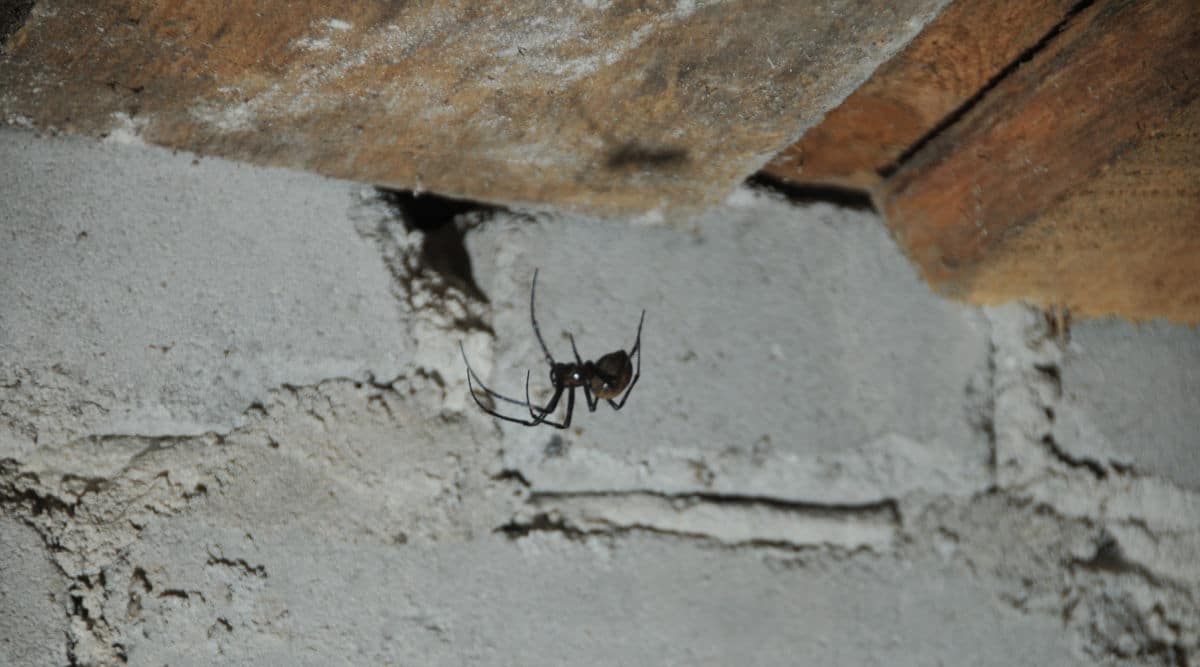
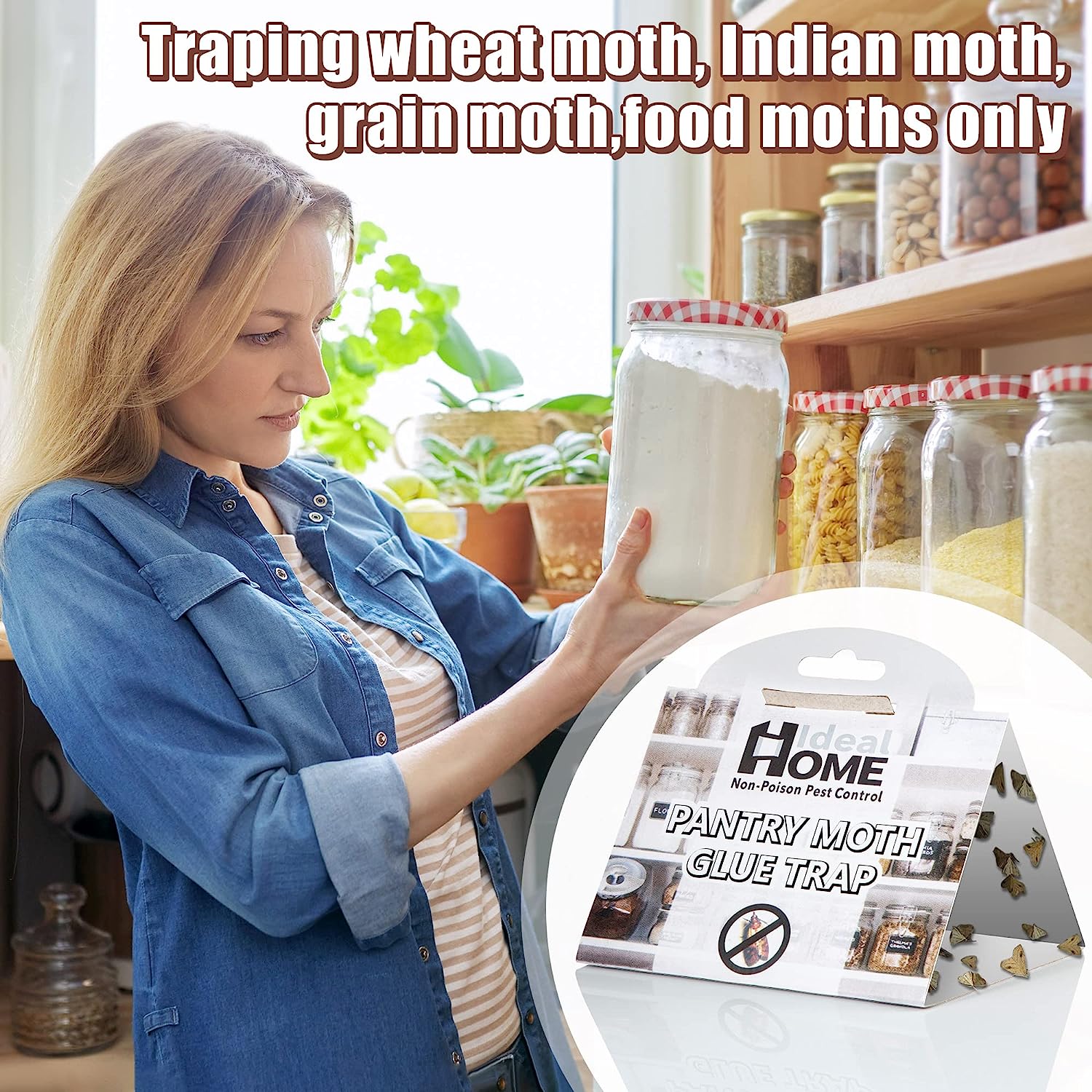
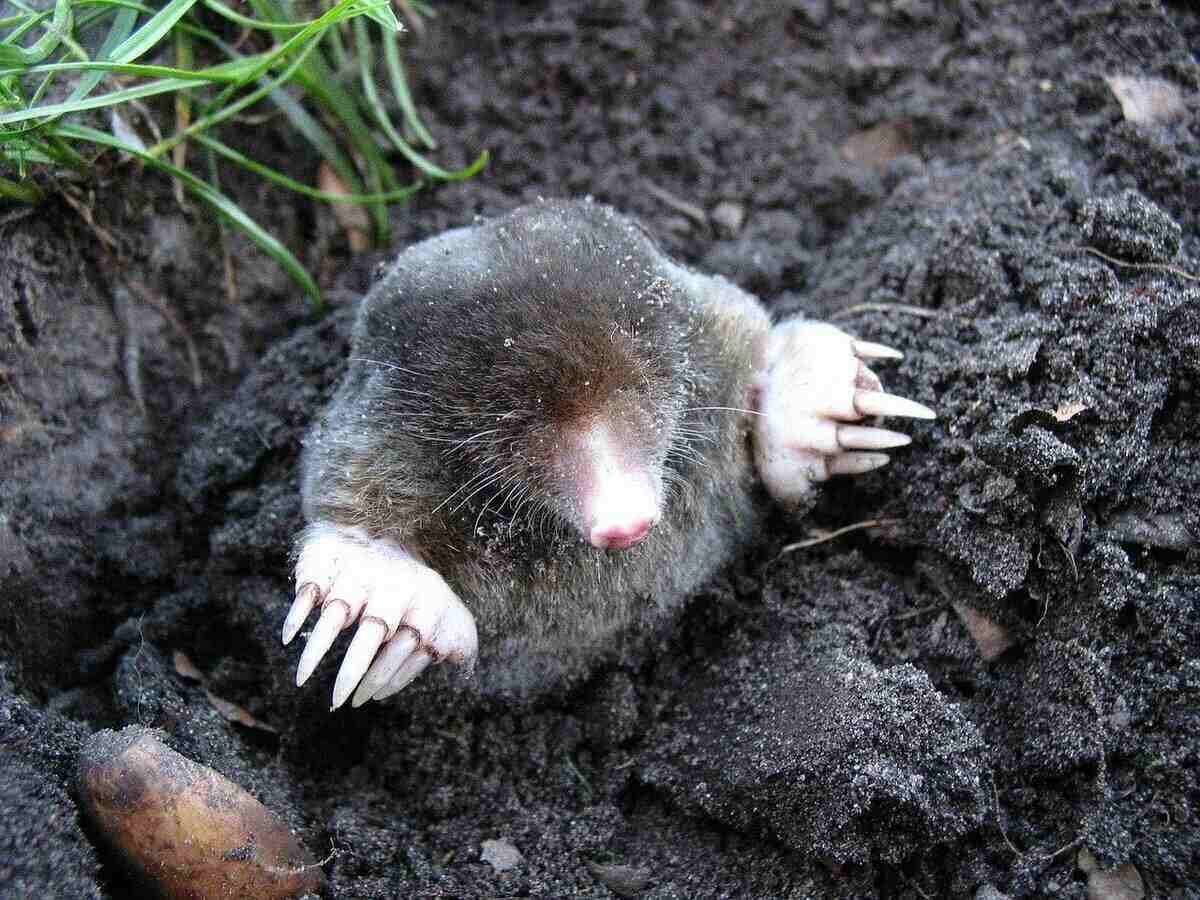
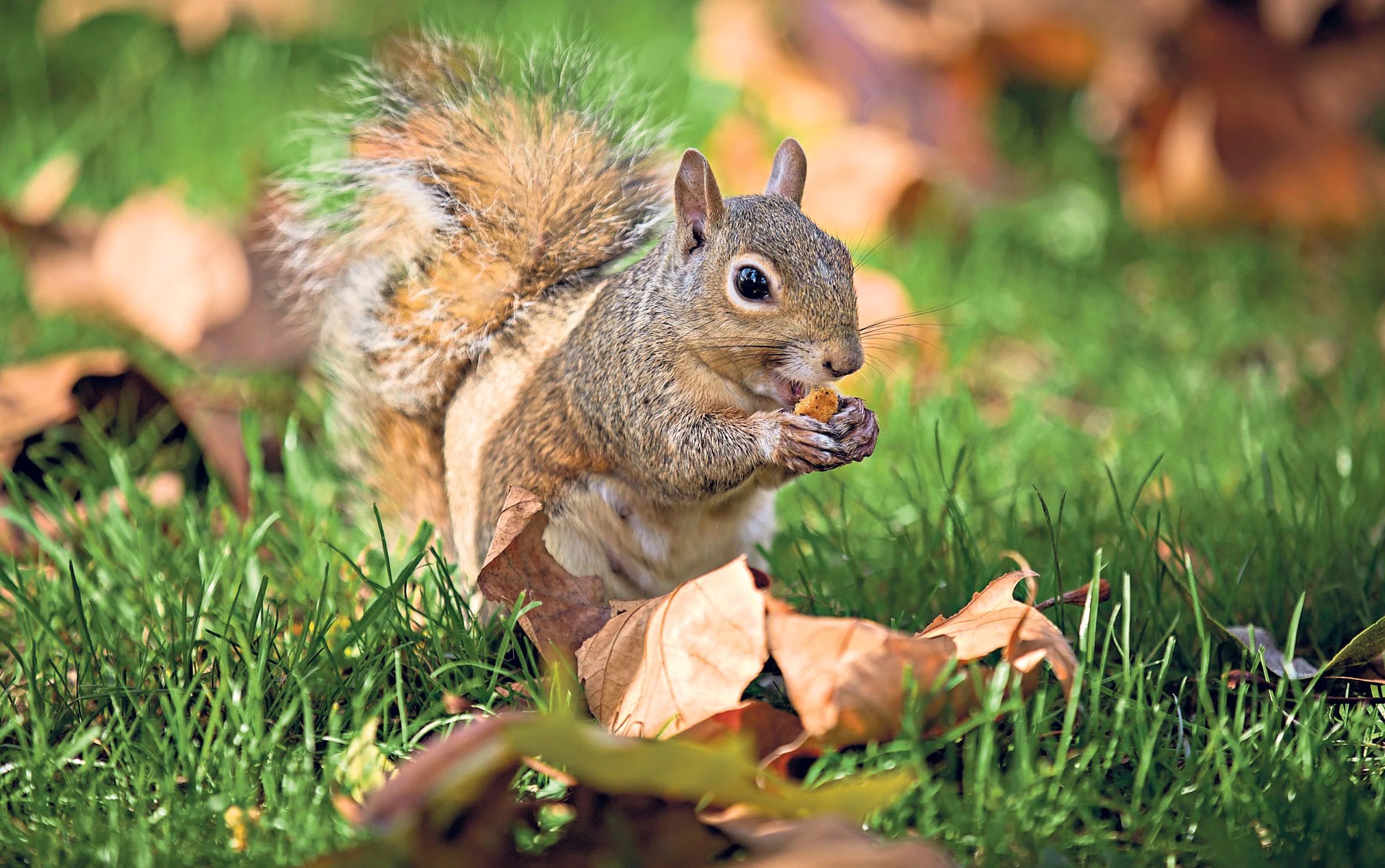
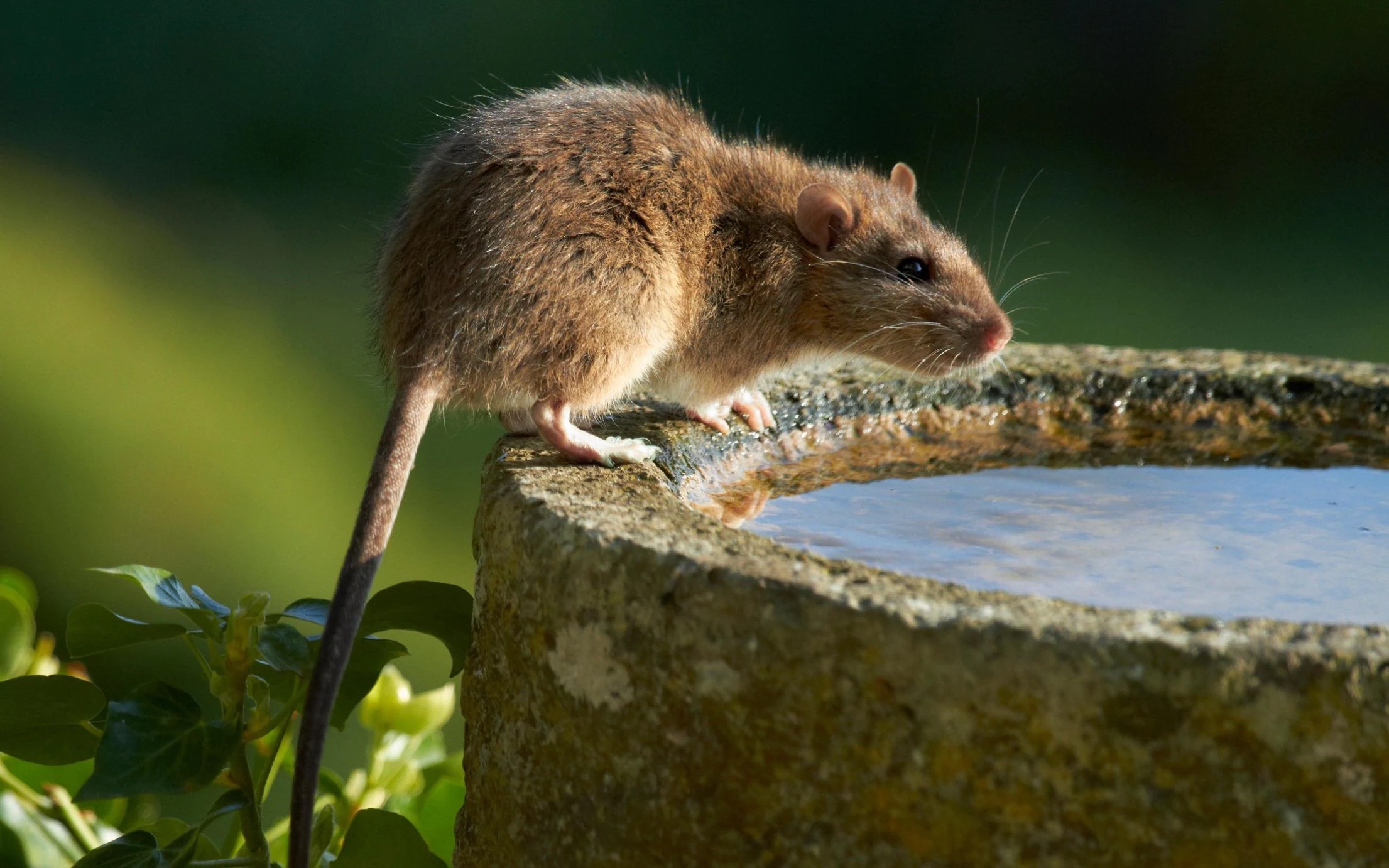
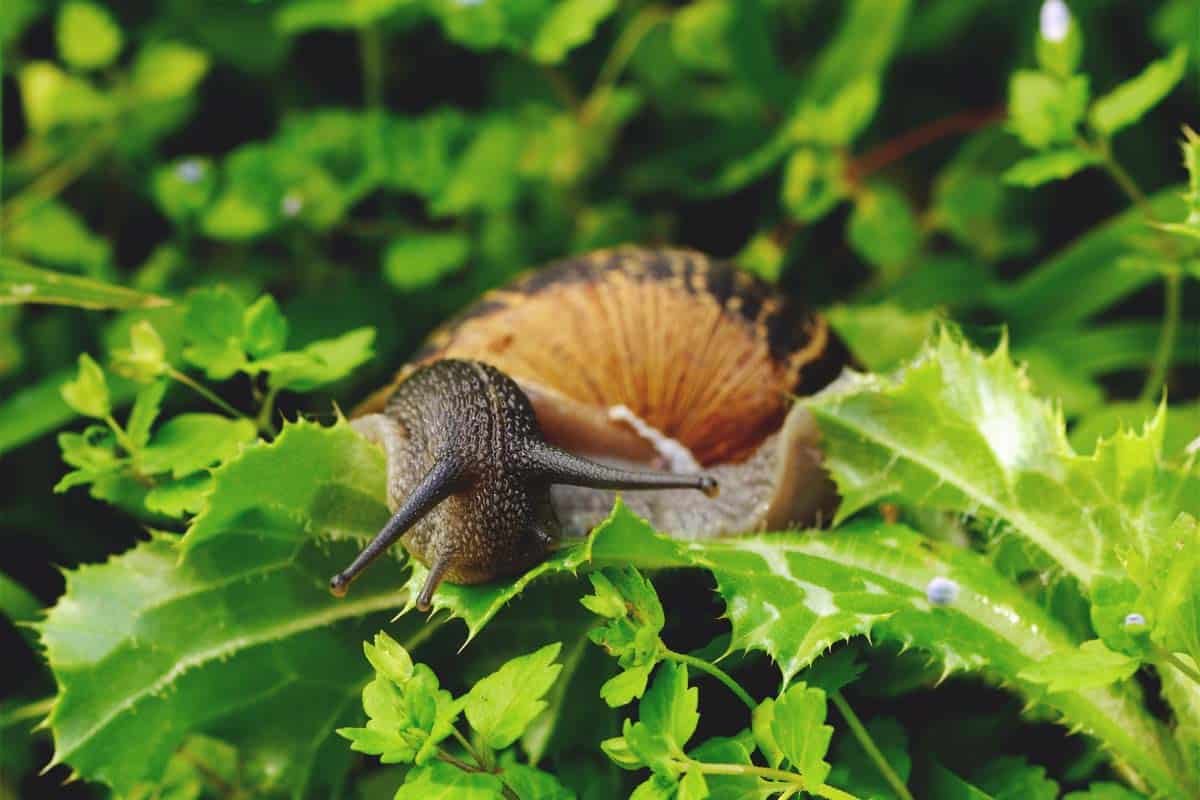
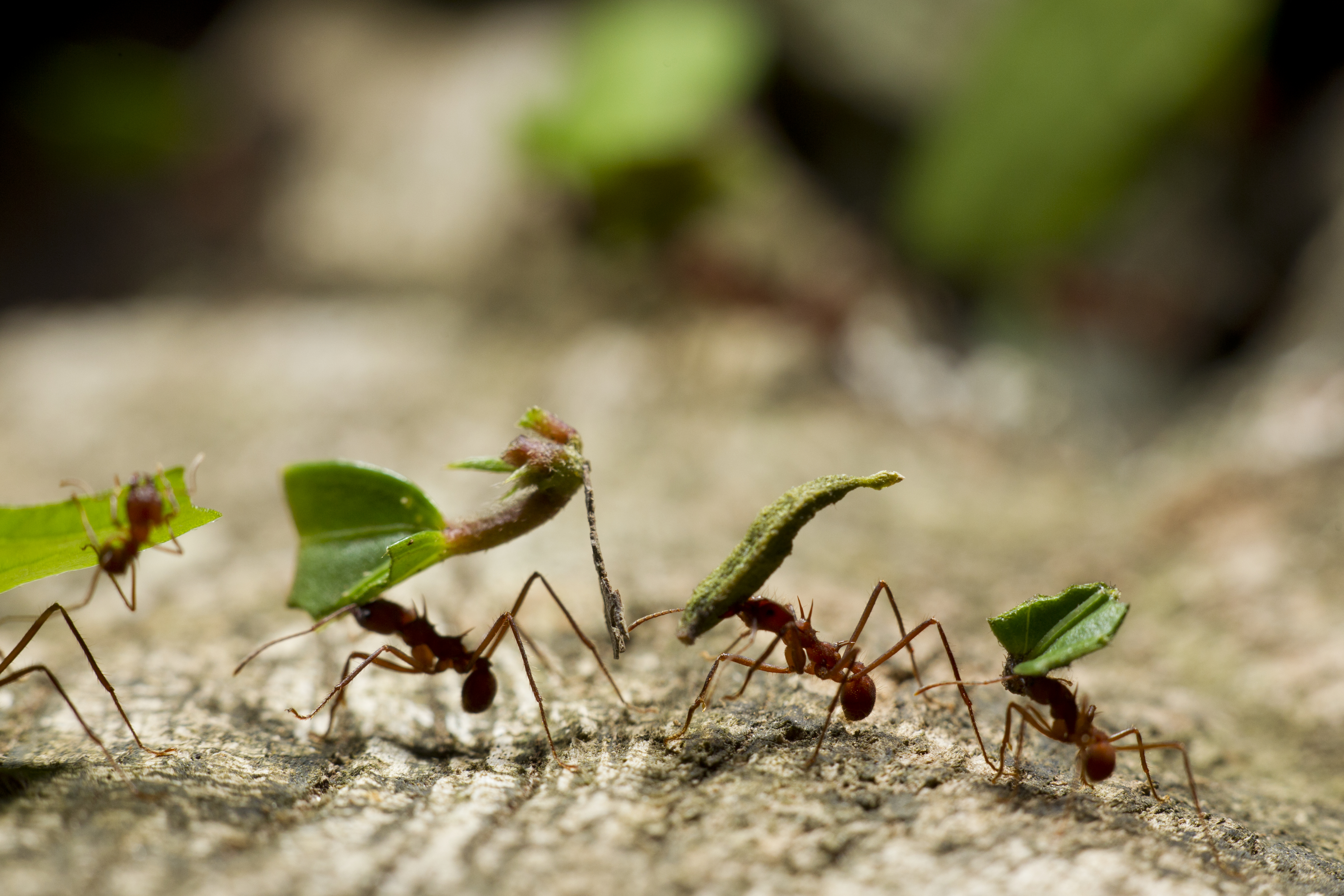
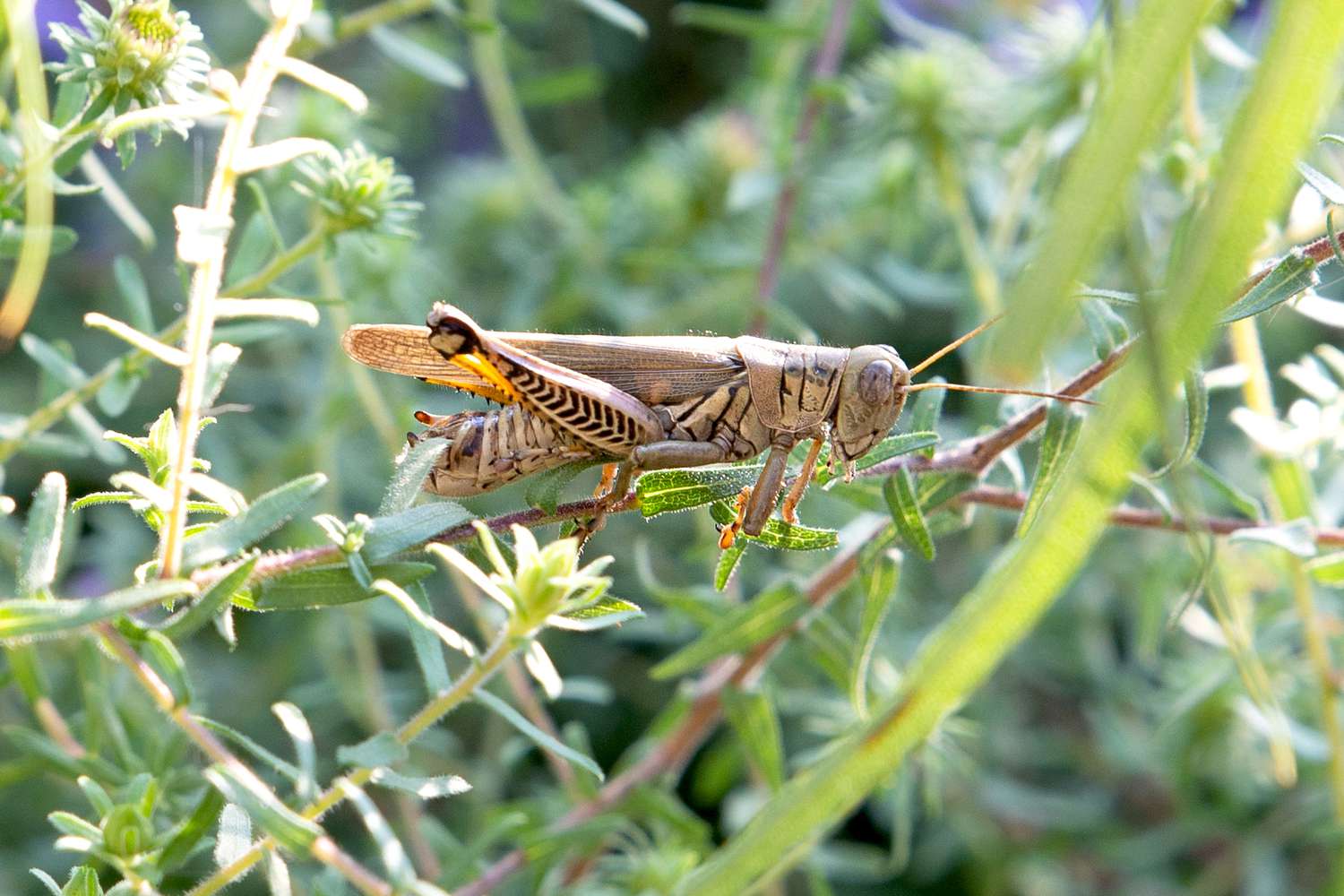

0 thoughts on “How To Get Rid Of Spiders In A Crawl Space”